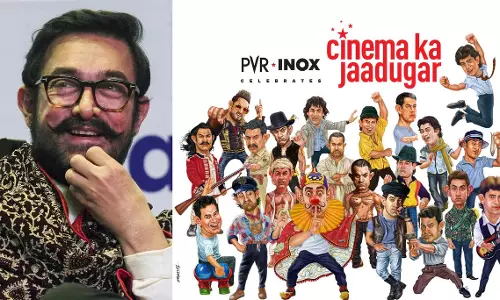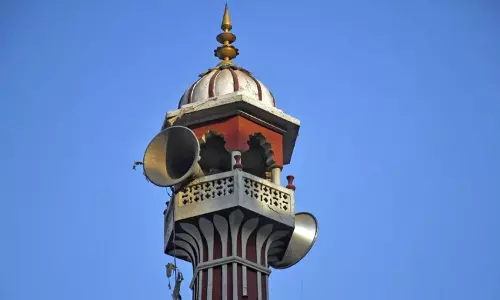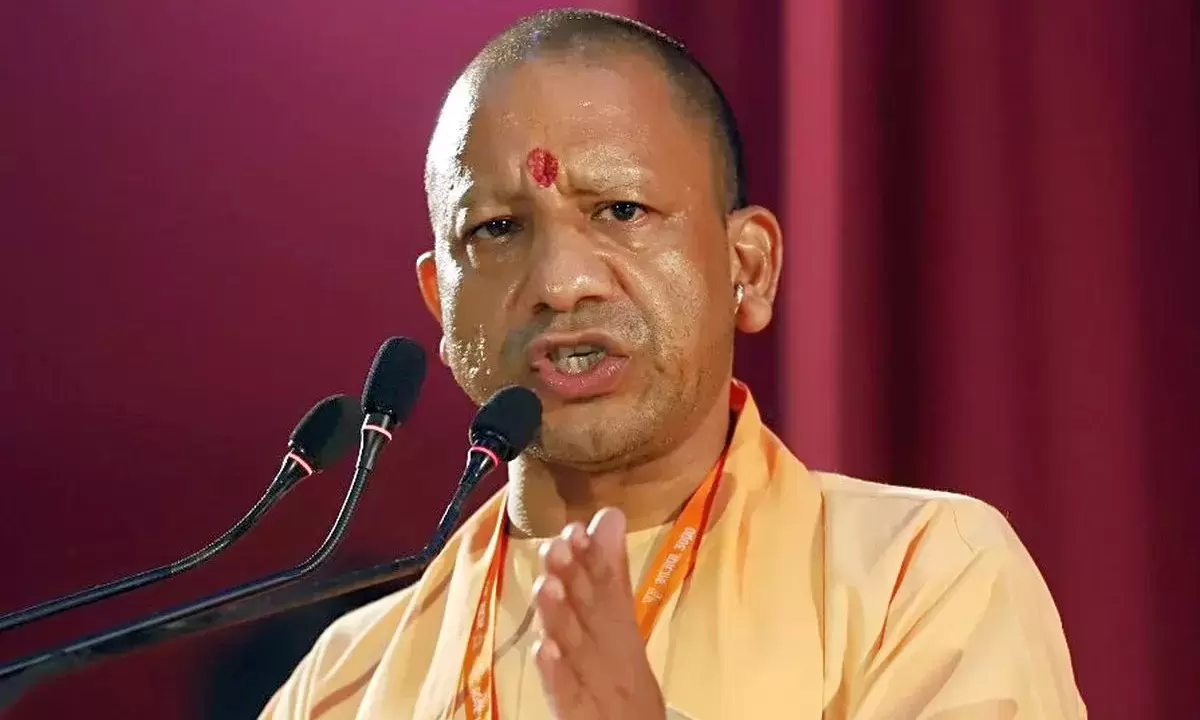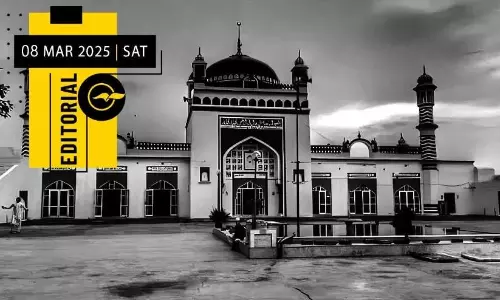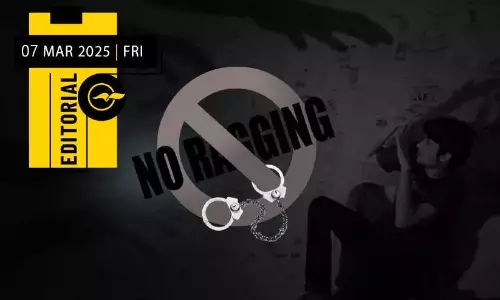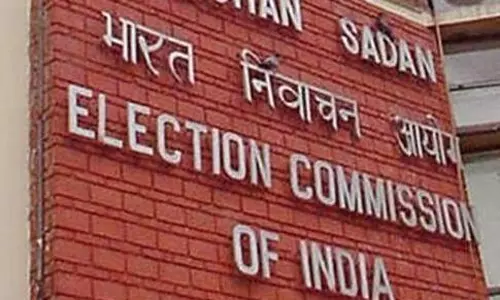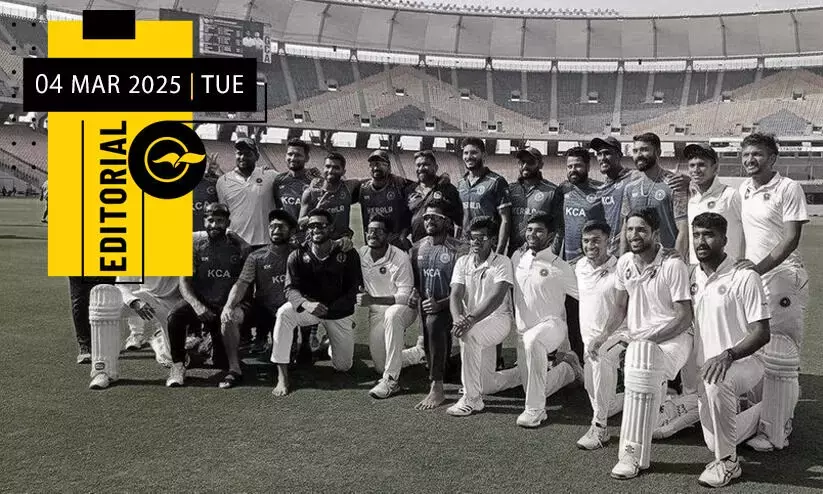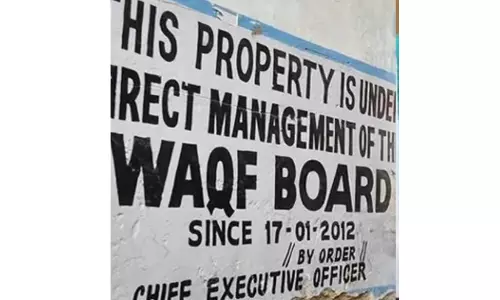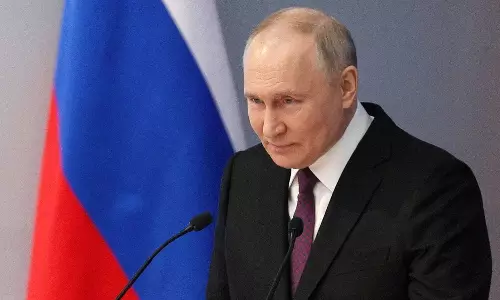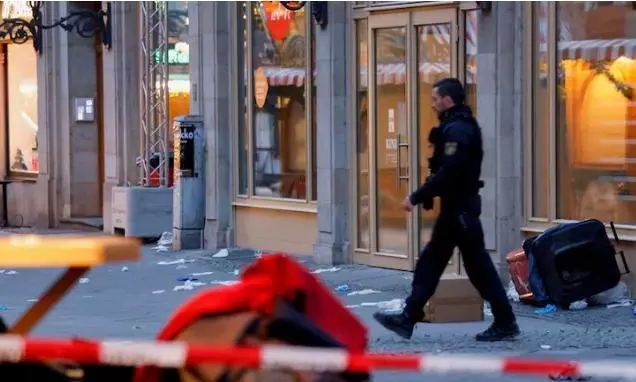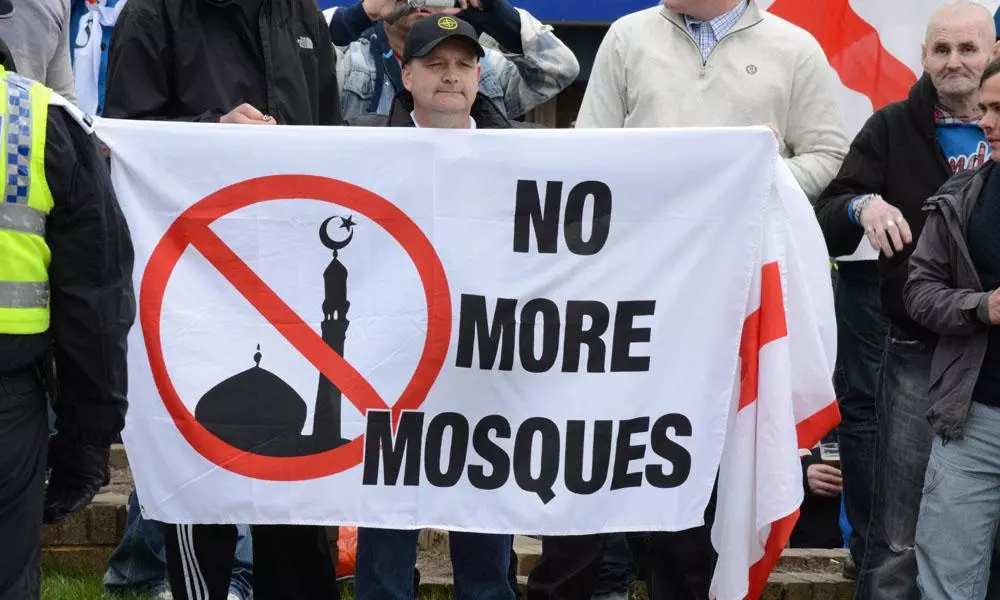
How media coverage of the German Christmas market attack fuels Islamophobia
text_fieldsWhen a car rammed into a Christmas market in Magdeburg, Germany, killing five people and injuring over 200, it was a tragedy that shook the nation and made headlines worldwide. Yet, beyond the initial horror of the event lies a troubling reality: the way the media framed the story perpetuated Islamophobic narratives, even as the facts revealed an entirely different picture.
Initial reports, short on details but long on familiar tropes, framed the attacker as a Saudi doctor and highlighted warnings from Saudi authorities about his “extremist views.” Without explicitly saying so, these reports subtly implied a connection to Islamic extremism, leading most readers to draw their own conclusions. In a global climate already rife with anti-Muslim bias, such framing reinforced harmful stereotypes and distracted from the real story.
As more facts emerged, the true motive of the attacker became clear. German Interior Minister Nancy Faeser unequivocally stated: “At this point, we can only say for sure that the perpetrator was evidently Islamophobic—we can confirm that.” The attacker, a Saudi national who had renounced Islam and openly embraced far-right ideologies, targeted the market in a deliberate act of hate. Despite this, major media outlets continued to emphasize his Saudi origin and vaguely referenced his “extremist views,” failing to clarify that those views were rooted in hatred of Islam and Muslims.
Even after the minister’s statement, some media outlets persisted with misleading narratives. For example, Sky News focused on warnings from Saudi Arabia about the attacker’s “extremist views,” implicitly connecting him to Islamic extremism. The Washington Post described him as a “self-described Saudi dissident,” underplaying his anti-Islam stance and far-right affiliations. The BBC, attempting to distance the attacker from Islamic extremism, framed his motivations with a qualifier: “He is not an extreme Islamist—if you believe his social media posts and broadcast interviews.”
This selective scepticism is telling. Why inject doubt when his documented Islamophobia, conspiracy theories, and far-right affiliations were clear and consistent? Would the same caution be applied if the perpetrator were Muslim? In cases involving Muslim attackers, the media often rushes to connect their actions to their faith, portraying their violence as inherently tied to Islam. In contrast, here the attacker’s extremism was contextualized and softened, despite his openly hateful declarations.
This double standard not only misleads readers but also skews public perceptions of extremism. By disproportionately scrutinizing some ideologies over others, the media creates a dangerous narrative that amplifies Islamophobic tropes and obscures the rising threat of far-right violence.
Terrorism expert Peter Neumann highlighted the unusual profile of this attacker, stating: “After 25 years in this ‘business,’ you think nothing could surprise you anymore. But a 50-year-old Saudi ex-Muslim who lives in East Germany loves the AfD, and wants to punish Germany for its tolerance towards Islamists—that really wasn’t on my radar.” Neumann’s comment underscores how deeply ingrained biases prevent us from recognizing and addressing forms of hate-driven violence that fall outside the usual framework of Islamic extremism.
Media reports largely mirrored these biases. Initial headlines focused on the attacker’s Saudi origin and his “extremist views,” with scant attention to his Islamophobic motives until much later. By the time the full story emerged, the damage was done. Headlines, which often linger longer in public memory than detailed stories, had already reinforced the false narrative that Islam is inherently linked to violence.
Studies have shown that Islamophobic narratives in the media contribute to the stigmatization of Muslim communities and fuel real-world violence. In this case, the attacker’s choice of a Christmas market—a symbolic and culturally significant target—seemed calculated to exploit these biases. The media’s framing played directly into his strategy, allowing his hate-fueled act to garner attention while distorting the truth.
The attacker’s background also sheds light on a growing issue: the role of ex-Muslims in fueling anti-Islam hate. As a vocal Islamophobe and supporter of far-right ideologies, he frequently shared inflammatory views online, celebrating those who left Islam and accusing Muslims of undermining Western societies. These narratives, often amplified by ex-Muslim activists and far-right groups, foster an environment where Islamophobia thrives unchecked.
Digital platforms exacerbate this problem, providing fertile ground for hate speech to spread. Research consistently shows that online Islamophobia is directly linked to offline violence, creating a feedback loop that fuels fear and division.
Breaking this cycle requires a fundamental shift in how media outlets approach their reporting. Accuracy and context must take precedence, particularly when motives are linked to Islamophobia or far-right extremism. These details should be stated clearly and prominently, rather than buried in later paragraphs. Headlines, in particular, must avoid vague or misleading language that perpetuates stereotypes about Muslims and violence.
The media must also broaden its focus to include the growing threat of Islamophobia with the same urgency it applies to Islamic extremism. Acts of anti-Muslim violence must be scrutinized and reported with the same rigour, not relegated to afterthoughts. This shift is essential not only for fairness but also for combating hate and fostering a more informed and inclusive public discourse.
The attack in Magdeburg is a stark reminder of the dangers of unchecked hate—and the media’s role in shaping societal perceptions. As Minister Faeser rightly pointed out, this was an act of Islamophobia. The failure to centre this fact in reporting reflects a broader bias that demands immediate attention.
In an era of rising hate, responsible journalism is not merely a professional duty—it is a moral imperative. Media outlets hold immense power to challenge stereotypes, highlight underreported forms of extremism, and contribute to a more just and informed society. It is time to wield that power wisely and use it to challenge prejudice, not reinforce it.
(Faisal Kutty is a lawyer based in Toronto, Canada, teaches law at international universities and is a columnist. View are personal)




